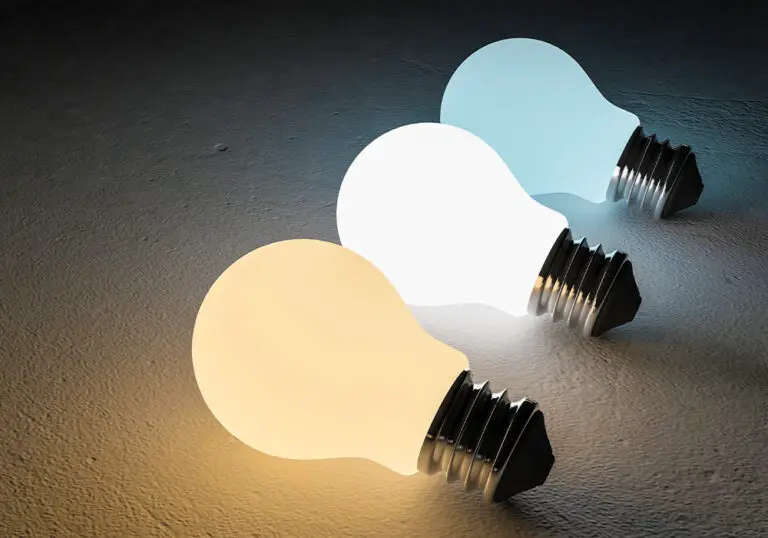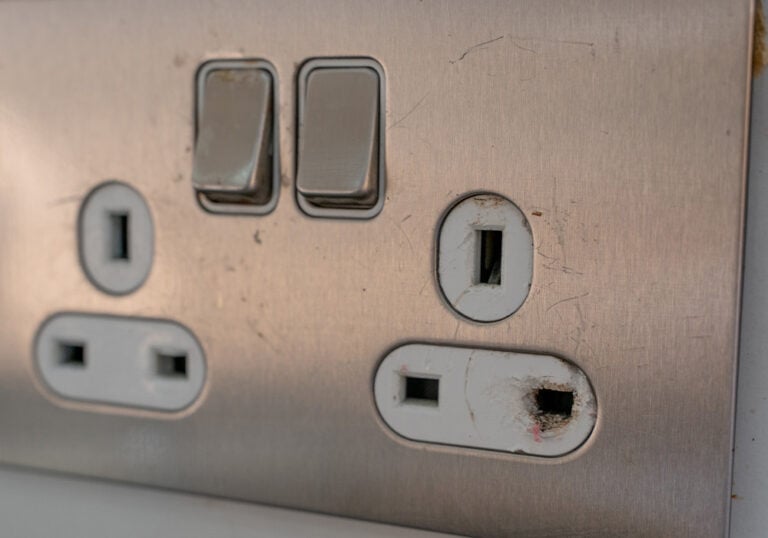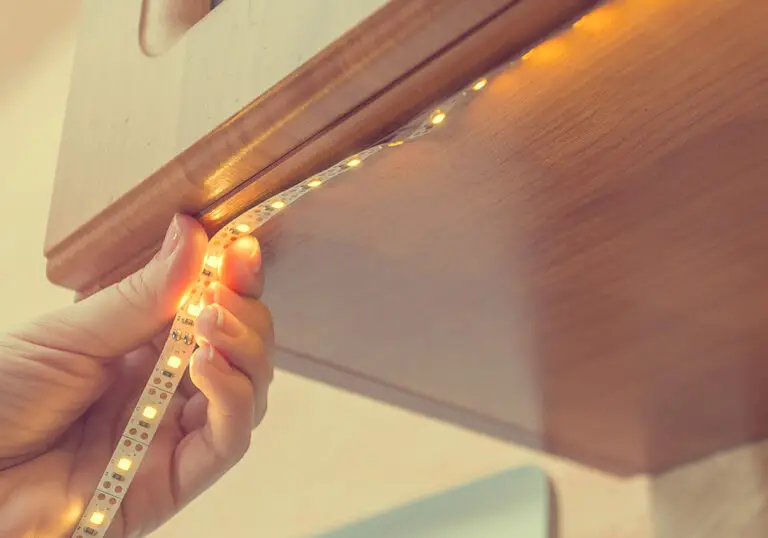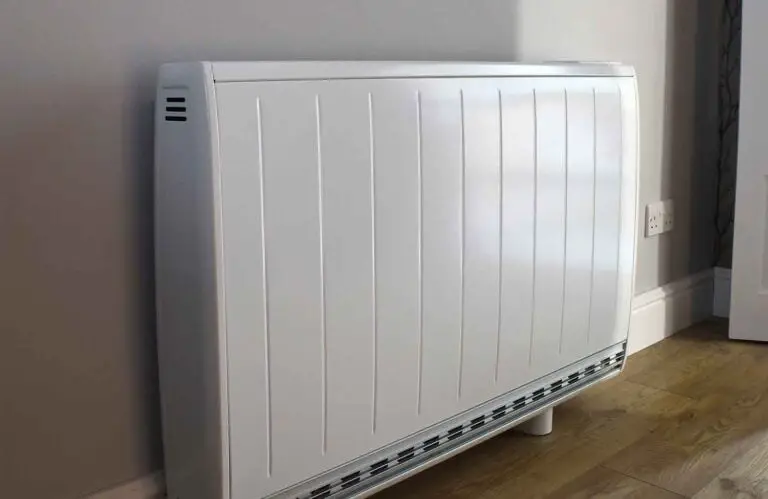How Easy is it to Add Plug Sockets?
Adding plug sockets to a room can be a useful solution for those who need to charge multiple devices or use multiple appliances at the same time. But how easy is it to add plug sockets? The answer is that it depends on a few factors, such as the location of the room and the existing wiring.
Understanding plug sockets is the first step in evaluating the need for additional ones. There are several types of plug sockets available, including single, double, and USB sockets. It’s important to choose the right socket for your needs and to consider safety precautions before installation. While it’s possible to install plug sockets yourself, professional assistance may be required for more complex installations.
In summary, adding plug sockets to a room can be a useful solution, but the ease of installation depends on various factors. Understanding plug sockets, evaluating the need for additional ones, and choosing the right socket are all important considerations. Professional assistance may be required for more complex installations.
Key Takeaways
- Understanding plug sockets is the first step in evaluating the need for additional ones.
- Choosing the right socket and considering safety precautions before installation are important factors.
- Professional assistance may be required for more complex installations.
Understanding Plug Sockets
Adding more plug sockets to a room can be a simple and cost-effective way to improve the functionality of your home. However, before you begin, it’s important to understand the different types of plug sockets available and their features.
Types of Plug Sockets
There are several types of plug sockets available, each with its own unique features. Here are some of the most common types:
- Single Socket: A single socket is a basic socket that can accommodate one plug at a time.
- Double Socket: A double socket is a larger socket that can accommodate two plugs at a time.
- Switched Socket: A switched socket has an on/off switch that allows you to control the power supply to the socket.
- USB Socket: A USB socket has a built-in USB port that allows you to charge your devices without the need for an adapter.
- Outdoor Socket: An outdoor socket is designed for use outside and is weatherproof to protect against the elements.
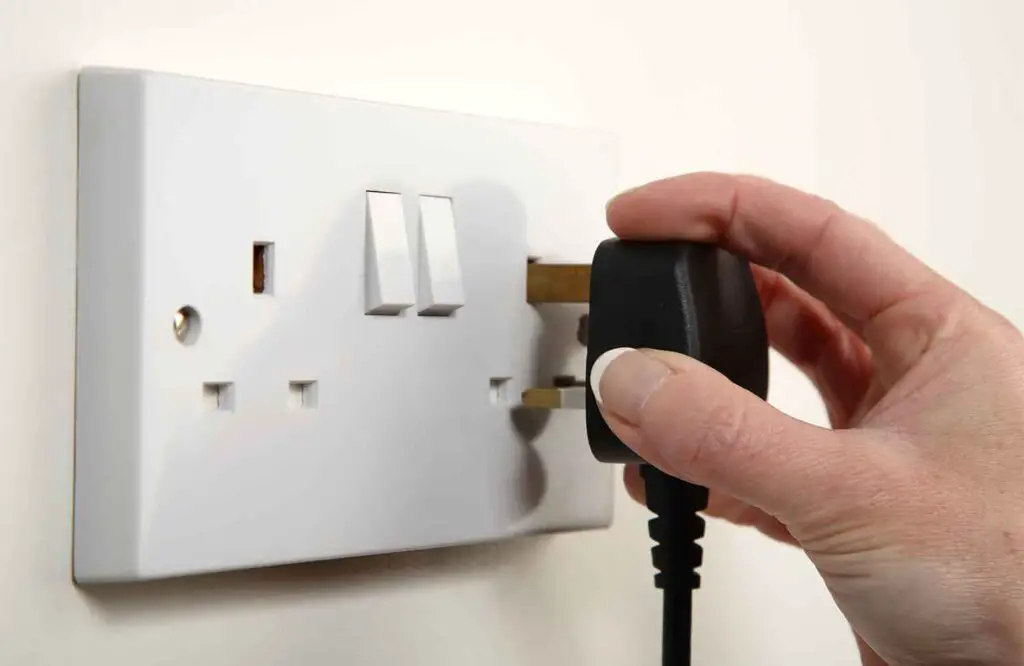
Gangs and Positions
When choosing plug sockets, it’s also important to consider the number of gangs and their positions. A gang refers to the number of sockets on a single plate. For example, a double socket has two gangs.
The position of the socket refers to its location on the wall. There are several positions available, including:
- Surface Mounted: A surface-mounted socket is attached to the surface of the wall.
- Flush Mounted: A flush-mounted socket is recessed into the wall.
- Corner Mounted: A corner-mounted socket is designed to be installed in the corner of a room.
Electrical Safety
When adding plug sockets to a room, it’s important to ensure that the electrical safety standards are met. This includes:
- RCD Protection: All circuits must have RCD protection to protect against electric shocks.
- Cable Run: The new socket must be connected into the cable run of a suitable ring circuit.
- Electrical Certification: The work must be carried out by a qualified electrician and certified to ensure compliance with electrical safety standards.
By understanding the different types of plug sockets available and their features, as well as the importance of electrical safety, homeowners can make informed decisions when adding more plug sockets to their homes.
Evaluating the Need for Additional Plug Sockets
Before adding more plug sockets to a room, it is important to evaluate the need for them. Here are some factors to consider:
1. Number of Electrical Devices
The number of electrical devices that need to be plugged in is the primary factor to consider when evaluating the need for additional plug sockets. If there are not enough sockets to accommodate all the devices, it can cause inconvenience and increase the risk of overloading the circuit.
2. Room Layout
The layout of the room is another important factor. If the existing sockets are not in convenient locations, it may be necessary to add more sockets in more accessible areas. For example, if there is only one socket in a large room, it might be necessary to add more sockets to create a more even distribution of power outlets.
3. Power Requirements
Different electrical devices have different power requirements. Before adding more sockets, it is important to consider the power requirements of the devices that will be plugged in. It is recommended to use a qualified electrician to assess the power requirements and ensure that the circuit is not overloaded.
4. Future Requirements
It is also important to consider future requirements when evaluating the need for additional plug sockets. If there are plans to add more electrical devices in the future, it might be necessary to add more sockets now to avoid the need for additional work later on.
In summary, evaluating the need for additional plug sockets involves considering the number of electrical devices, the room layout, power requirements, and future requirements. By assessing these factors, it is possible to determine whether adding more sockets is necessary and how many additional sockets are needed.
Safety Precautions
When adding plug sockets to a home, it is important to take safety precautions to avoid any electrical hazards. This section will cover the necessary safety measures that should be taken when adding plug sockets to a home.
Electrical Safety
Electrical safety is of utmost importance when adding plug sockets to a home. It is important to follow the guidelines set forth by the IEE Wiring Regulations 18th Edition. Here are some tips to ensure electrical safety:
- Always turn off the power supply before beginning any electrical work.
- Use a voltage detector to ensure that there is no current flowing through the wires before handling them.
- Do not overload the sockets. Only load one plug socket with a maximum of 3,000 watts.
- Keep electrical devices away from water.
- Always make sure the sockets are cool to the touch.
- Only plug one heat-producing appliance into a multi-way socket at a time.
Tool Safety
Tool safety is also important when adding plug sockets to a home. Here are some tips to ensure tool safety:
- Use insulated tools to avoid any electrical shocks.
- Wear safety glasses to protect your eyes from any debris.
- Use a ladder or step stool to reach high places instead of standing on a chair or table.
- Do not use damaged tools. Always check that your tools are in good condition before beginning any work.
- Use a circuit breaker to avoid any electrical shocks.
By following these safety precautions, adding plug sockets to a home can be done safely and efficiently. It is important to always prioritize safety when working with electricity to avoid any accidents or injuries.
Choosing the Right Plug Socket
When it comes to adding plug sockets to a room, it’s important to choose the right type of socket for your needs. Here are some things to consider when selecting plug sockets:
Number of Gangs
The number of gangs refers to the number of sockets on the plate. A single-gang socket has one socket, while a double-gang socket has two. For rooms with multiple devices, it’s important to choose a socket with enough gangs to accommodate all the plugs.
Type of Socket
There are several types of sockets available, including standard sockets, switched sockets, and USB sockets. Standard sockets are the most common type and are suitable for most applications. Switched sockets allow you to turn off the power to the socket when not in use, which can help save energy. USB sockets are becoming increasingly popular as more devices are charged via USB.
Style of Socket
Plug sockets come in a variety of styles, including square, round, and decorative. When choosing a style, it’s important to consider the overall aesthetic of the room. A decorative socket may be more appropriate for a living room or bedroom, while a square or round socket may be more suitable for a kitchen or office.
Position of Socket
The position of the socket is also important. It’s important to choose a location that is easily accessible and convenient for the devices that will be plugged in. It’s also important to ensure that the socket is installed in a safe location, away from water sources and other potential hazards.
In summary, choosing the right plug socket involves considering the number of gangs, type of socket, style of socket, and position of the socket. By taking these factors into account, it’s easy to select the right socket for your needs.
Installation Process
Planning
Before adding new plug sockets, it is important to plan the installation process carefully. The following steps should be taken:
- Determine the location of the new sockets. Consider the number of sockets needed and the placement of furniture and appliances in the room.
- Check the existing electrical system to ensure that it can handle the additional load. If necessary, consult with a qualified electrician to determine whether an upgrade is needed.
- Choose the type of socket to be installed. There are various types of sockets available, including single, double, and USB sockets. Consider the intended use of the sockets when making this decision.
- Purchase the necessary materials. This will include the sockets themselves, wiring, and any necessary tools.
Installation
Once the planning is complete, the installation process can begin. The following steps should be taken:
- Turn off the power to the area where the new sockets will be installed. This can be done by turning off the relevant circuit breaker.
- Remove the faceplate from the existing socket that is closest to the location of the new socket. This will provide access to the wiring.
- Run a new cable from the existing socket to the location of the new socket. This will involve drilling holes in the walls and running the cable through them.
- Install the new socket. This will involve connecting the wiring to the socket and securing it to the wall.
- Test the new socket to ensure that it is working correctly.
- Replace the faceplate on the existing socket and turn the power back on.
It is important to note that the installation process may vary depending on the specific circumstances. It is recommended that a qualified electrician be consulted if there are any doubts about the installation process.
Professional Assistance
Hiring a Professional
While adding plug sockets may seem like a simple task, it is always recommended to hire a professional electrician to ensure the work is done safely and up to code. A qualified electrician will have the expertise and tools necessary to complete the job efficiently and effectively.
When hiring an electrician, it is important to do your research and choose a reputable professional. Look for someone who is licensed and insured, and who has experience in installing electrical sockets. You can also ask for recommendations from friends and family, or check online reviews to find a reliable electrician in your area.
Cost Considerations
The cost of hiring a professional electrician to add plug sockets will depend on a number of factors, including the number of sockets you need, the complexity of the installation, and the electrician’s hourly rate. On average, it can cost between £100 – £200 including labour to add a plug socket to a room.
It is important to get a quote from your electrician before starting the work to ensure you have a clear understanding of the costs involved. Be wary of any quotes that seem unusually low, as this may indicate that the electrician is cutting corners or using subpar materials.
While hiring a professional electrician may cost more upfront, it can save you money in the long run by ensuring the work is done safely and up to code. Additionally, a professional installation can increase the value of your home and provide peace of mind knowing that your electrical system is functioning properly.
Maintenance and Care
Once you have added new plug sockets to your home, it is important to ensure that they are properly maintained and cared for. This will help to ensure that they continue to function correctly and safely.
One of the most important things to do is to regularly check the sockets for any signs of damage or wear and tear. This can include cracks in the faceplate or damage to the wiring. If any issues are found, it is important to have them repaired by a qualified electrician as soon as possible.
In addition to this, it is also important to ensure that the sockets are kept clean and free from dust and debris. This can be done by simply wiping them down with a dry cloth on a regular basis.
Another important consideration is to ensure that the sockets are not overloaded with too many devices. This can cause the circuit to overload, which can be a serious fire hazard. It is important to ensure that only the recommended number of devices are plugged into each socket.
Overall, by following these simple maintenance and care tips, you can help to ensure that your new plug sockets continue to function correctly and safely for many years to come.

